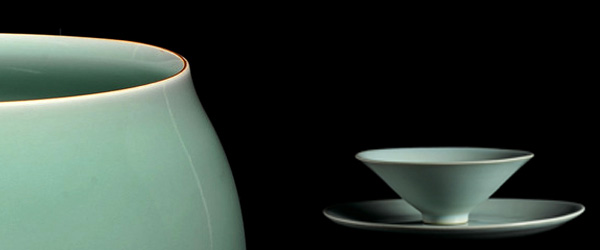
In the history of Chinese ceramics, countless of fine ceramic art pieces were born. Whether in terms of glaze or modeling, the kilns from different eras had different ways of interpreting, each with its own unique style and charm.
For example, the different kiln series during the Song Dynasty, such as:
- The Official Kiln
- Ge Kiln
- Ru Kiln
- Ding Kiln
- Jun Kiln
- Jian Kiln
- Yaozhou Kiln
- Cizhou Kiln
- Longquan Blue Kiln series
- Jingdezhen Blue and White Porcelain series, etc.
…are all from the same time frame, each with their own scripts. The elegant and dignified official kilns and the naïve, innocent folk kilns were all thriving in the same era, complimenting each other.
In each of these successful kilns, though the glaze is the key factor for their success, the modeling is another important factor that cannot be ignored. The thick and dignified Ge Kiln, the thin and exquisite Ru and Ding Kilns, the thick and stocky Jun and Jian kilns, especially the Jun porcelain wearing thick glaze, which resembles vertical streamlines, all have very interesting and natural looking shapes.
Therefore, the elegant and gorgeous shapes and the wide varieties are key factors for a mature kiln. We all know that beautiful shapes bring people a soothing aesthetic appreciation. As a brand that upholds traditions, what shape does Puzhen’s handcrafted ceramics take?
Stay tuned for part II to read more! What’s your favorite kiln?


